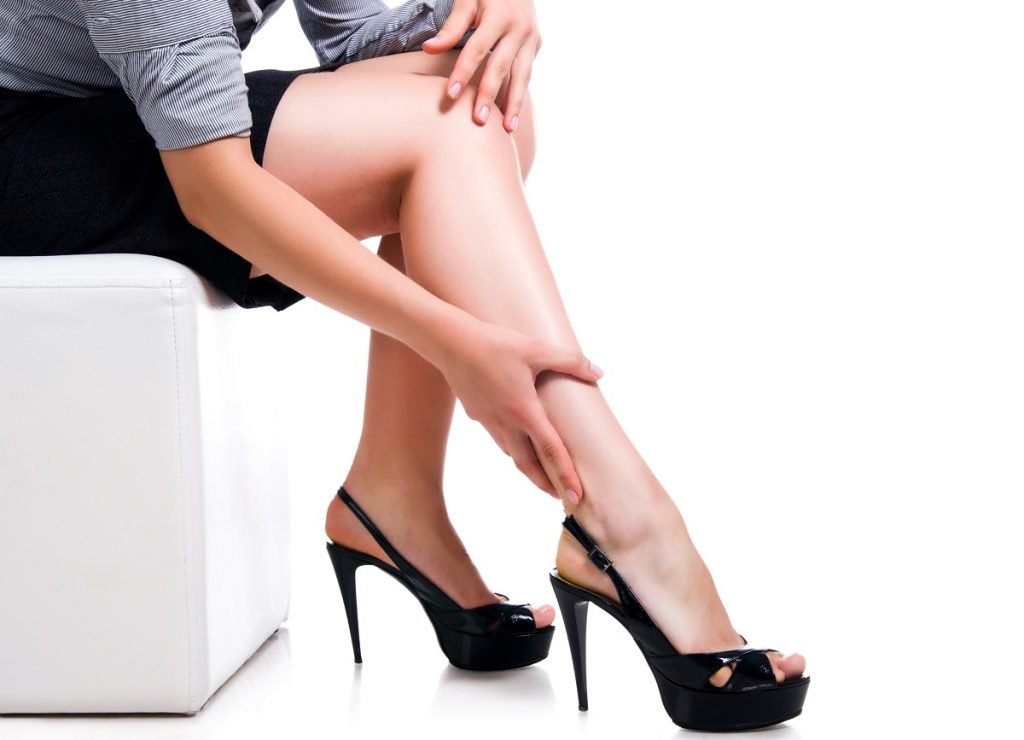When we shop for men’s and women’s running shoes or any other type of footwear, we tend to judge our options by their appearances first, then comfort second. Who would want to wear unappealing shoes, anyway? But sometimes, the best-looking pair isn’t worth the praises we’ll get. High-heeled stilettos, platform pointy toes, and support-less sandals may make your outfit a thousand times prettier, but at the cost of your feet suffering.
Men, though generally known for prioritizing function over aesthetics, can make mistakes when choosing their footwear, too. They may favor a certain brand so much that they’ll buy all their shoes from it, regardless of what they’ll use the footwear for.
Just because a shoe looks and feels right doesn’t necessarily mean that it’s the proper footwear for the activity you’re engaging in. Keep sporting the wrong pair, and you may end up paying for it through a costly orthopedic treatment. That said, here’s how your shoes affect your health:
Bad Shoes Ruin Your Feet
Wearing high heels often can tighten or shorten your Achilles tendon, the fibrous tissue found at the back of your ankle. Dr. James Loli of Harvard Medical School and Brigham and Women’s Hospital lists the following foot afflictions high heels and uncomfortable shoes may cause:
- Bunions — a hard, bony mass that sprouts from the big toe joint
- Hammertoes — a condition in which the toes bend, resembling tiny hammers
- Corns — a spot of thickened skin between the toes as a result of excessive pressure from the shoes
- Ingrown toenails — toenails that grow beneath the skin as a result of shoes that crowd the toes
- Pump bump — a benign growth on the back of the heel

Prolonged wearing of uncomfortable shoes may permanently deform your feet, but you can prevent that by switching to a supportive, sturdy, and comfortable pair ASAP. If you’re not experiencing those foot afflictions yet, but are often in pain when you wear certain sneakers or running shoes, you might need to replace those as well. Below are the signs you have a bad pair:
- Aches and pains — if you often deal with sore knees, feet, and hips after walking or running in your shoes, it’s probably because the cushioning inside has already worn off. It is a sign that your old shoes need to go.
- Mileage — you can also track the mileage of your running shoes. Most running footwear are designed for 300 to 500 miles, depending on the runner and shoes’ model. But since we land with nearly four times our body weight and hit the ground over 1,000 times in just around 10 minutes of running, your running shoes may become battered quite fast. Hence, it’s wise to replace them regularly if you run every day.
- Blisters — it’s normal for your skin to get blistered when you sport a new pair, or when the weather is excessively humid. But if the problem persists even after you’ve worn your shoes numerous times, or used moisture-wicking socks, it may mean that your shoes are just ill-fitting. You may also get blistered from old shoes that have already stretched.
- Discomfort — obviously, a bad pair of shoes will cause discomfort. But some people don’t recognize that immediately. Your shoes have to feel like they are part of your feet. You shouldn’t feel them squeezing or pressing your toes, or sliding down every time you move. If your shoes seem to work against the natural motion of your foot, it’s time to let them go.
How to Choose the Right Shoes
Andrew Lemoncello, a certified running coach and former Olympian, advises judging a pair first by how it initially feels on your foot. If it’ll take trying on at least ten pairs before you find the best one, let it be. You can tell a store what you exactly need to shorten your search, though, but depending on your gait and the shape of your feet, finding the right pair may still take time.
Cushioned shoes may feel more comfortable, but the padding may increase your impact loading. The harder you strike the ground, the more you may become prone to stress fractures and heel inflammation. As such, studies suggest that wearing minimally cushioned shoes may protect your feet better. In addition, Lemoncello says that lightweight shoes may have a mental benefit because you’d feel as if your feet are featherlight, which helps in improving your running experience.
You must also choose a pair that supports the arch of your feet. If you’re flat-footed, you need wide running shoes with low heels and extra arch support. On the other hand, you should choose cushioned soles if you have high arches to reduce the pressure on the balls and heels of your feet.
Most importantly, ensure that they fit right. Remember that your shoes should feel one with your feet. Those trendy platform sneakers may earn you Likes, but those aren’t precious enough to sacrifice your comfort for.

